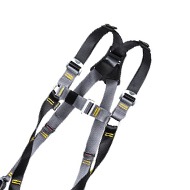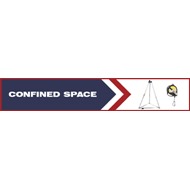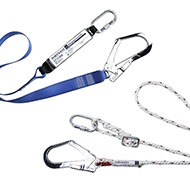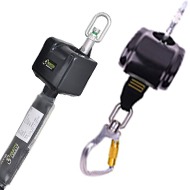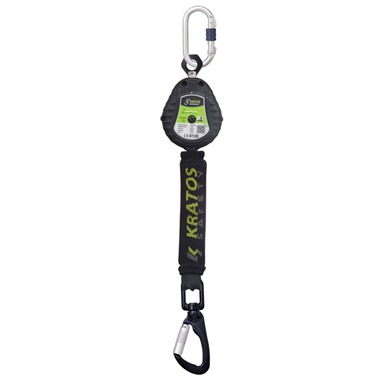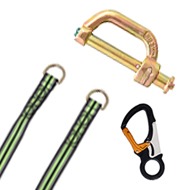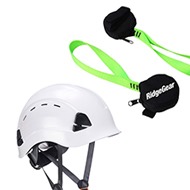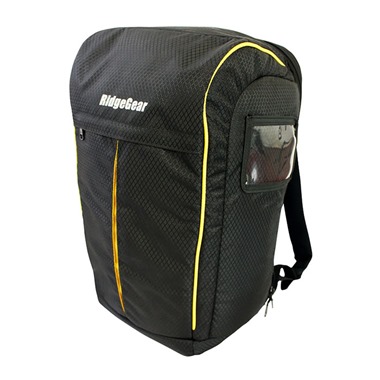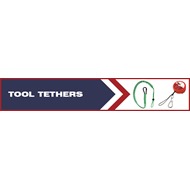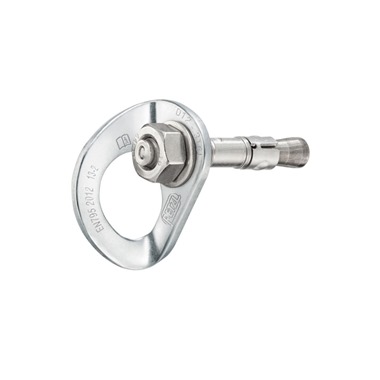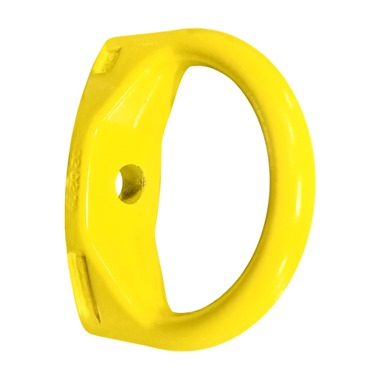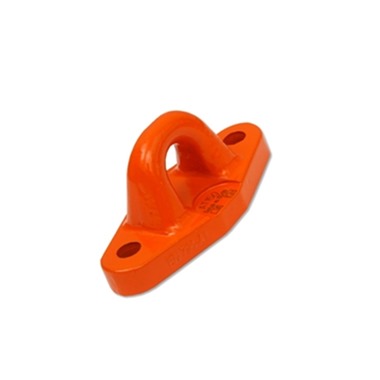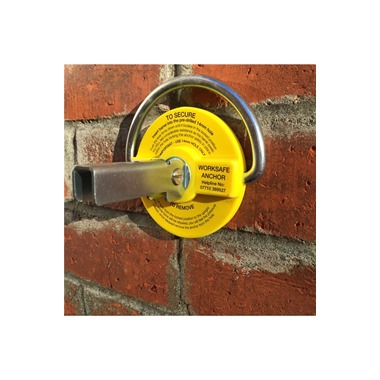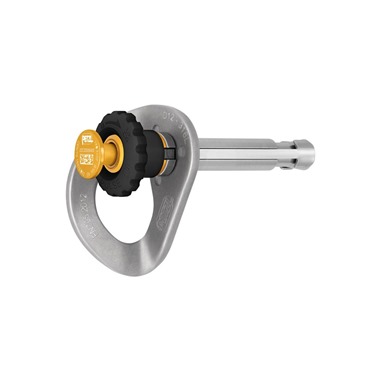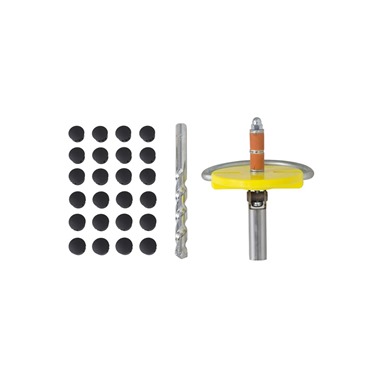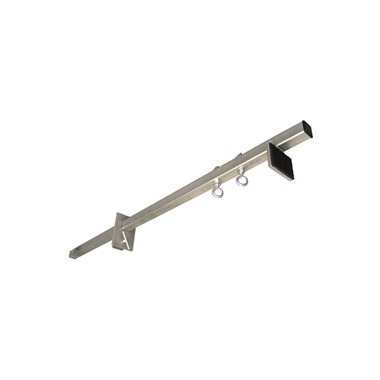Anchor Points
(13) Product(s)Anchor points are one of three key elements in an effective fall arrest system. When working at height at any time, the first step you take when planning your fall protection system is to position your anchor points. An anchor is a device that connects you to the surface you are working on, whereas an anchor point is a place on the wall, ceiling, or scaffold where you'll install your anchors to support you & your fall arrest system.
Choosing a suitable anchoring point can make the difference between working safely and a potentially fatal accident when working at height. There are a wide variety of different anchor points available from Safety Harness Direct – browse all working at height anchor points below:
Selecting, Installing, and Inspecting an Anchor Point
Selecting an Anchor Point
When selecting an anchor point, you should consider what you’re hoping to achieve. If you’re looking to set up a fall restraint arrest system versus a fall restraint system, you'll need an anchor point that's strong enough to support your body weight. Similarly, what type of lanyard will you be using? Most retractable fall arresters are paired with overhead anchor points to prevent swing in the event of a fall.
Installing Anchor Points
The first step when installing any fall protection system is identifying the most appropriate places to install your anchor points. You should consider safety, the type of lanyard & fall protection system you'll be using, as well as the comfort of the workers.
Here are some additional point to consider when selecting and installing anchor points:
- Consider the "swing-fall" and "free-fall" distance from each anchor point. The best position for any anchor point is directly above the worker, as this reduces the potential distance that the worker will swing if they do accidentally fall.
- If you need to use a temporary anchor point such as a crane or vehicle, always ensure that it is completely stable and weighted down.
- Do not create improvised anchor points in scenarios where there isn't an "easy option". Attaching yourself to a roof hatch, a TV antenna, an air conditioning unit - or any other loose/inappropriate object will likely lead to injury (maybe even death). It's better not to climb at all if you are ever unsure about the stability of an anchor point.
Inspecting Anchor Points
If you're using an anchor point or anchor that has been in place for some time, you should always carry out a visual inspection before you start working. Over time, anchor points can become corroded or damaged, meaning they'll no longer be able to support you properly.
It's wise to keep a written record of the inspection including the date, time, and person who carried out the inspection. If you're ever in doubt, we'd recommend purchasing new anchors and re-setting the anchor points before you get started.
If you have any unanswered questions about anchor points, reach out to our friendly team here at Safety Harness Direct, and we’ll do our best to help you pick the best anchor point solution for you.




